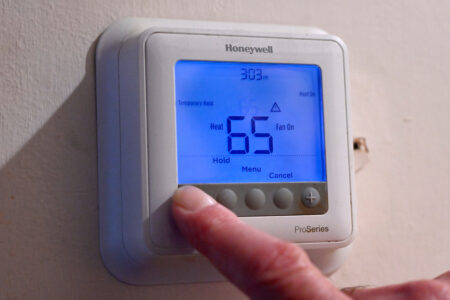Balanced Scorecard shows modest improvements for W.Va. students

CHARLESTON — Reading, English, and mathematics scores for West Virginia’s students saw small but continual improvements in the latest edition of the Balanced Scorecard, though scores still remain below pre-pandemic levels.
The West Virginia Department of Education released the Balanced Scorecard for the 2022-2023 school year following the end of Wednesday’s monthly meeting of the state Board of Education.
The Balanced Scorecard looks at multiple factors, including test scores from the annual statewide assessment in grades three, eight, and 11. It first debuted for the 2017-2018 school year, after Gov. Jim Justice called for the end of a previous system that graded schools on an A-F scale.
The Balanced Scorecard for the previous school year showed that 55% of West Virginia students partially met standard for English Language Arts (ELA), a more than one-point improvement from 53.9% of students during the 2021-2022 school year and a 3.4% improvement from 51.6% during the 2020-2021 school year when learning was disrupted by COVID-19 shutdowns and remote learning.
However, ELA scores were nearly two points lower than the 56.9% ELA assessment score during the 2018-2019 school year prior to the COVID-19 pandemic. Testing was scrapped during the 2019-2020 school year due to Gov. Jim Justice shutting down the schools in March 2020 during the start of the pandemic.
Math performance during the previous school year was 50.6% for partially meeting standards, shown as yellow. The 50.6% math performance number was a nearly two-point improvement from 48.8% during the 2021-2022 school year and a near six-point improvement from 44% during the 2020-2021 school year. Yet, last year’s math numbers were down by nearly the points from 53.5% during the 2018-2019 school year.
Parents, educators, and the public can go to wveis.k12.wv.us/essa/dashboard.html to look up specific Balanced Scorecard data for individual schools, county school systems, and search data by demographics. The Balanced Scorecard also included data for the state’s public charter schools and statewide virtual charter schools.
The Balanced Scorecard report was similar to numbers released in August showing improvement in ELA and math proficiency, returning to near pre-pandemic numbers.
According to the 2023 Statewide Summative Assessment results for grades 3-8 and high school juniors, 35% of students tested were proficient in math, up from 33% in 2022 and 28% in 2021. Math proficiency was at 39% in 2019 pre-COVID. ELA proficiency last year was at 44%, up from 42% in 2022 and 40% in 2021, but down from 46% in 2019. Science proficiency was 29% in 2023, up from 28% in 2022 and 27% in 2021 but down from 33% pre-COVID.






